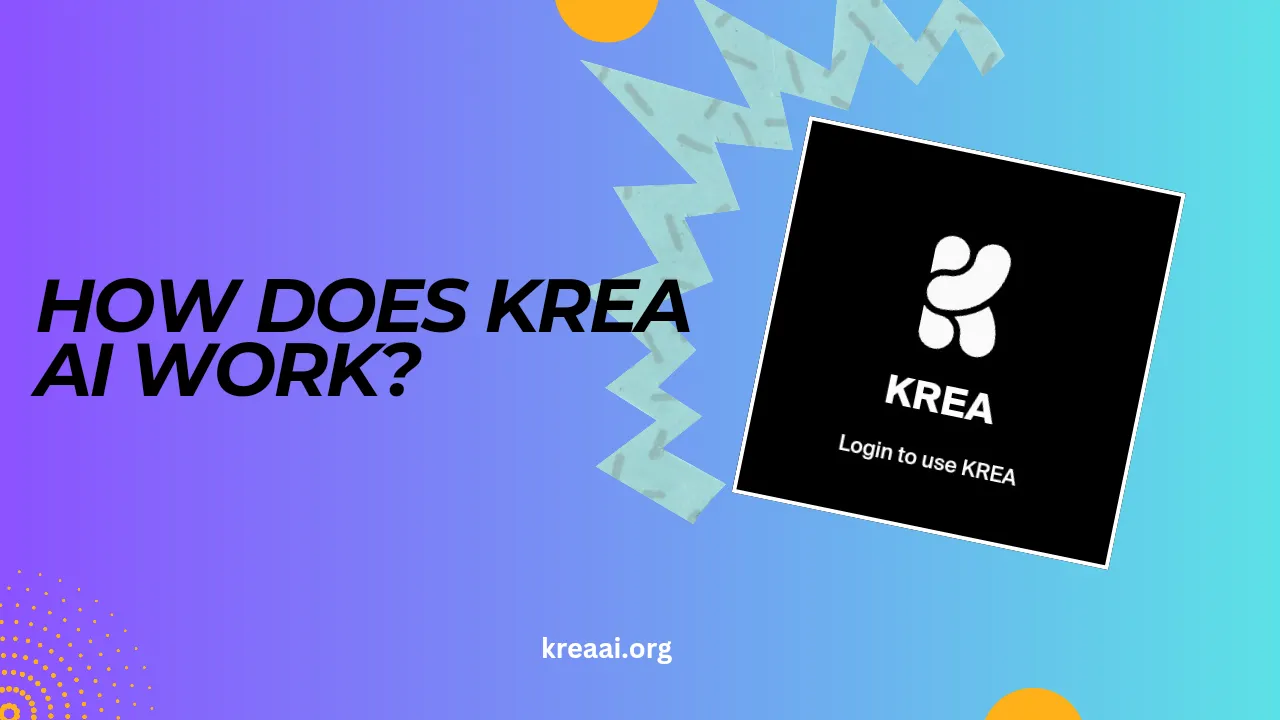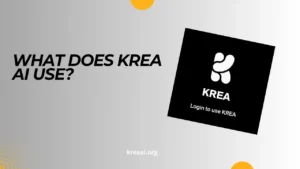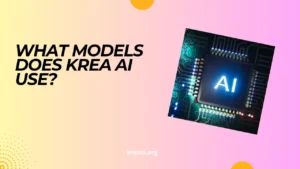Artificial intelligence (AI) has become a cornerstone of modern innovation, driving industries, enhancing creativity, and solving complex problems.
At the heart of this transformation lies tools like Krea AI, a platform designed to push the boundaries of what AI can achieve. But have you ever wondered how Krea AI works its magic? What happens behind the scenes to make it deliver intelligent solutions?
In this blog, we’ll peel back the layers of Krea AI’s operations, diving deep into the technologies, processes, and real-world applications that make it a standout in the world of AI.
By understanding how Krea AI functions, you’ll not only gain insights into its capabilities but also discover how it can be leveraged for personal and professional growth.
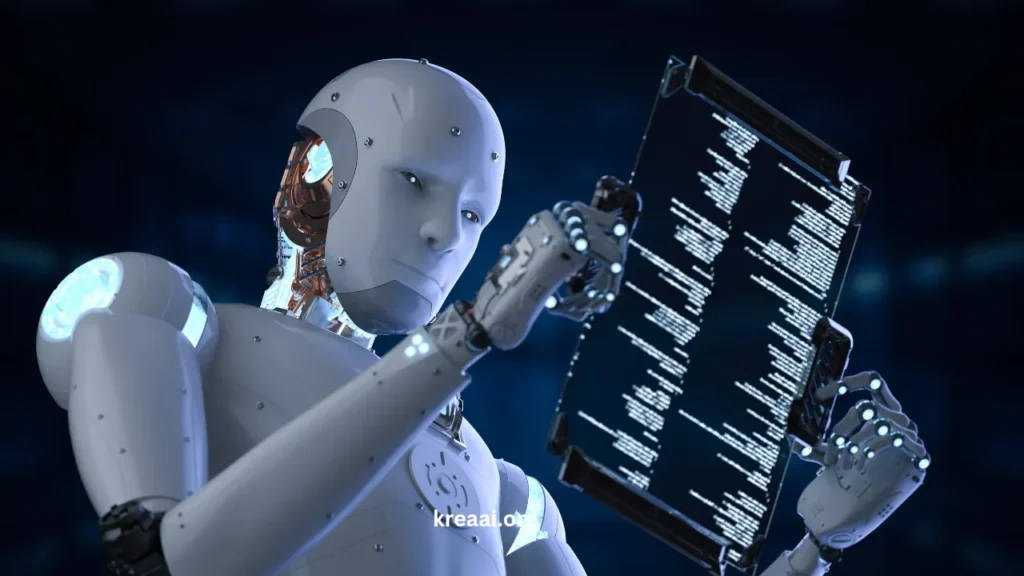
Contents
Core Technologies Powering Krea AI
At its core, Krea AI is built upon three foundational technologies: Natural Language Processing (NLP), Computer Vision, and Machine Learning (ML). Each plays a vital role in its ability to perform a wide range of tasks.
1. Natural Language Processing (NLP)
NLP is the technology that enables Krea AI to understand, process, and generate human language. This capability is essential for applications like chatbots, content creation, and sentiment analysis. Krea AI employs advanced NLP techniques, including:
- Text Summarization: Condensing large amounts of text into concise summaries.
- Sentiment Analysis: Understanding the emotional tone behind text, useful for customer feedback analysis.
- Machine Translation: Translating text between different languages with high accuracy.
- Named Entity Recognition (NER): Identifying specific entities such as names, dates, or locations within text.
These NLP capabilities allow Krea AI to power tools that automate mundane tasks, create engaging content, and analyze communication effectively.
2. Computer Vision
Computer vision allows Krea AI to interpret and analyze visual data like images and videos. It uses techniques such as:
- Object Detection: Identifying and locating objects within images, crucial for applications like surveillance and retail analytics.
- Image Classification: Categorizing images based on their content.
- Facial Recognition: Identifying individuals based on their facial features.
- Image Segmentation: Dividing images into meaningful regions, often used in healthcare diagnostics and creative projects.
This technology enables Krea AI to excel in fields requiring visual data processing, from automated content generation to product quality inspections.
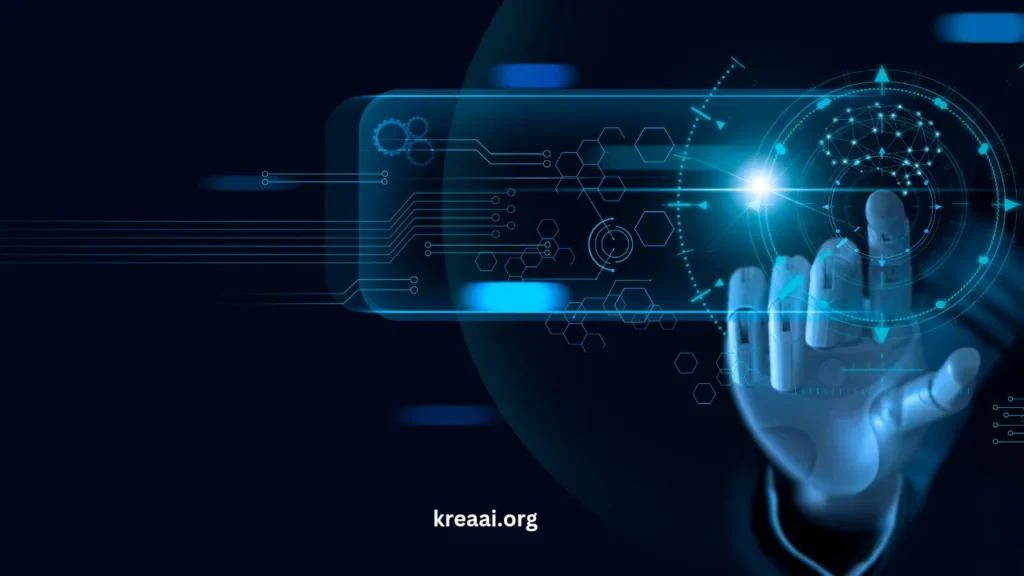
3. Machine Learning (ML)
Machine learning lies at the heart of Krea AI’s functionality. It’s what enables the platform to learn from data, identify patterns, and make predictions without explicit programming. Krea AI uses various ML techniques, such as:
- Supervised Learning: Training models using labeled data to predict outcomes.
- Unsupervised Learning: Finding hidden patterns in unlabeled data.
- Reinforcement Learning: Training models through a system of rewards and penalties.
- Deep Learning: Leveraging neural networks with multiple layers to process and analyze complex data.
This combination of ML techniques allows Krea AI to adapt to new challenges and provide tailored solutions for diverse applications.
The Krea AI Workflow: From Data to Insights
The journey of turning raw data into actionable insights involves a carefully structured workflow. Here’s a detailed look at how Krea AI operates:
1. Data Acquisition and Preparation
Every AI model begins with data. Krea AI collects vast amounts of data from diverse sources, ensuring it’s relevant and comprehensive. This data undergoes cleaning and preprocessing to remove inconsistencies, fill gaps, and prepare it for analysis. Common steps in this stage include:
- Data Cleaning: Removing errors, duplicates, or irrelevant entries.
- Normalization: Standardizing data formats for uniform processing.
- Feature Extraction: Identifying and isolating the most critical aspects of the data.
2. Model Training
Once the data is ready, Krea AI trains its machine learning models. During this phase:
- Feature Engineering: The platform identifies the most relevant features to improve model accuracy.
- Model Selection: Krea AI chooses algorithms best suited for the task, such as convolutional neural networks (CNNs) for image processing or recurrent neural networks (RNNs) for sequential data like text.
- Hyperparameter Tuning: Adjusting parameters to optimize model performance.
Training is computationally intensive, requiring high-performance servers and sophisticated algorithms to ensure the models are both accurate and efficient.
3. Deployment
After training, the models are deployed for real-world use. Krea AI integrates these models into platforms, applications, or APIs, allowing users to access its capabilities seamlessly. Deployment ensures the models are accessible and scalable, regardless of user volume or task complexity.
4. Inference
When users input data, Krea AI processes it using the trained models to generate outputs. This process is known as inference. For example:
- A user uploads an image, and Krea AI identifies objects within it.
- A marketer requests a blog outline, and Krea AI generates a structured draft.
Inference happens in real time, providing users with quick and reliable results.
5. Monitoring and Optimization
AI models require constant monitoring to ensure they remain accurate and relevant. Krea AI tracks its models’ performance, identifying issues like:
- Concept Drift: When new data no longer aligns with the original training data.
- Performance Degradation: When models become less effective over time.
Krea AI addresses these challenges by retraining models with updated data and optimizing algorithms as needed.
Unique Features of Krea AI
Krea AI isn’t just another AI platform—it’s built with distinctive features that set it apart:
1. Ethical AI Development
Krea AI prioritizes fairness and avoids algorithmic biases. This is crucial in applications like hiring, where impartiality is essential.
2. Explainable AI
Krea AI focuses on making its processes transparent. Users can understand how and why decisions are made, which builds trust and confidence.
3. User-Centric Design
The platform is designed to be intuitive, ensuring accessibility for both technical experts and casual users.
4. Scalability
Whether you’re a small business or a large enterprise, Krea AI scales its solutions to meet your needs.
Real-World Applications of Krea AI
Krea AI’s versatility allows it to shine in a variety of industries:
1. Healthcare
- Assisting in medical imaging for early diagnosis of diseases.
- Enabling drug discovery by analyzing vast datasets to identify potential compounds.
- Personalizing treatment plans through patient data analysis.
2. Retail and Marketing
- Creating personalized recommendations for customers based on their behavior.
- Enhancing product listings with AI-generated descriptions.
- Optimizing inventory management through demand forecasting.
3. Education
- Delivering customized learning experiences tailored to individual student needs.
- Automating grading systems to save educators time.
- Developing intelligent tutoring systems that guide students through challenging topics.
4. Creative Industries
- Helping designers generate custom visuals or logos.
- Assisting writers by producing content drafts and ideas.
- Transforming basic concepts into high-quality art or media.
5. Logistics and Transportation
- Improving route planning for deliveries.
- Assisting in the development of autonomous vehicles.
- Analyzing traffic patterns for optimized fleet management.
Conclusion
Krea AI represents the perfect blend of advanced technology and practical application, leveraging NLP, computer vision, and machine learning to transform industries and empower individuals.
By understanding how Krea AI works, we gain a deeper appreciation of its potential to solve problems, enhance creativity, and improve efficiency.
As AI technology continues to evolve, platforms like Krea AI will play an even more significant role in shaping our world. Whether you’re a business owner, a creative professional, or simply curious about AI, embracing tools like Krea AI can unlock opportunities previously thought impossible.
The future of AI is bright, and with platforms like Krea AI leading the charge, the possibilities are endless. Are you ready to explore what AI can do for you?
FAQs
1. What is Krea AI?
Krea AI is an advanced platform that uses natural language processing, computer vision, and machine learning to deliver AI-powered solutions for various industries.
2. How does Krea AI process data?
Krea AI collects, cleans, and prepares data before training machine learning models. It then deploys these models to analyze inputs and generate actionable outputs.
3. Can Krea AI be used by non-technical users?
Yes, Krea AI’s user-friendly interface is designed for both technical and non-technical users, making it accessible to everyone.
4. What industries can benefit from Krea AI?
Industries like healthcare, retail, education, logistics, and creative fields can leverage Krea AI for automation, analysis, and innovation.
5. Does Krea AI prioritize data privacy?
Absolutely. Krea AI implements robust security measures to ensure user data is protected and complies with data privacy regulations.
6. How is Krea AI different from other AI platforms?
Krea AI focuses on ethical development, explainable AI, and user-centric design, setting it apart from competitors.
